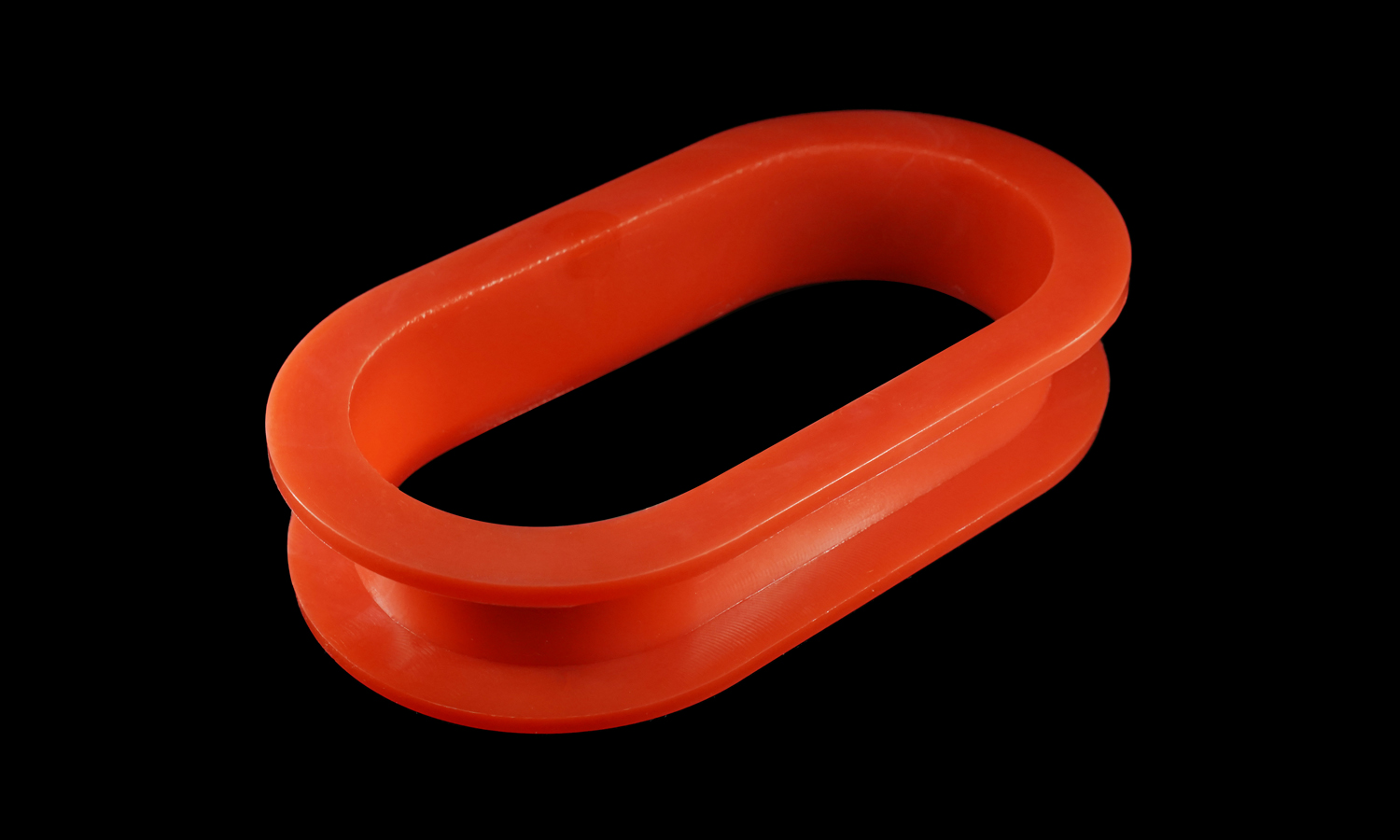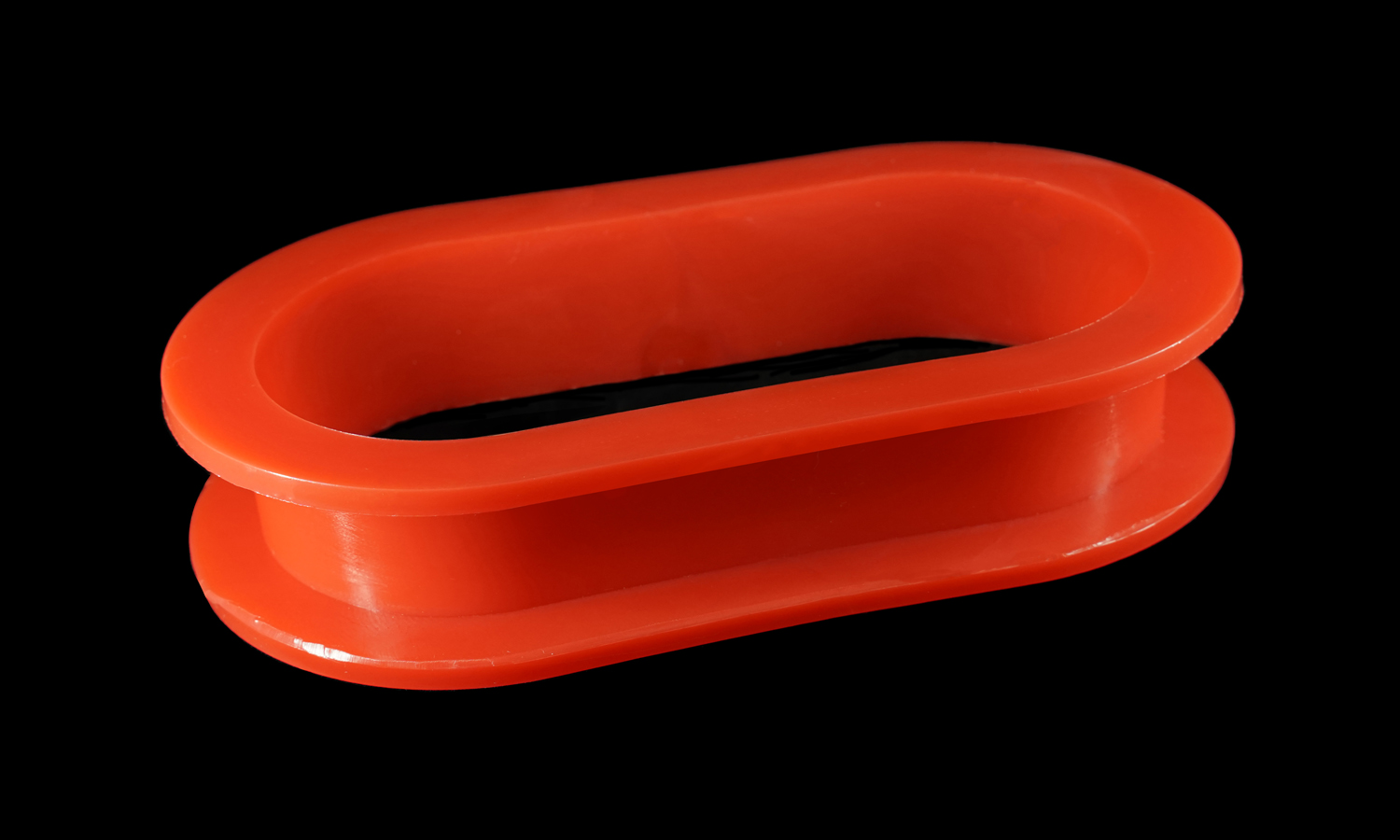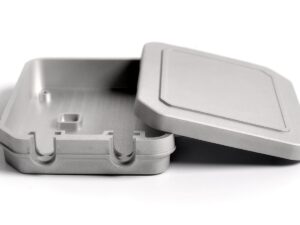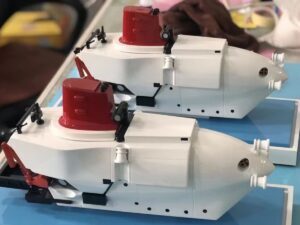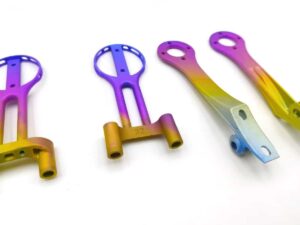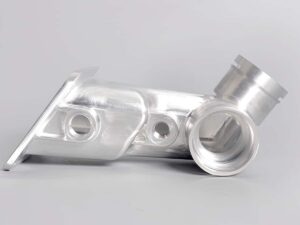- Injection Molding Polyurethane Ski Dampener with Brand Name
- Compression Molding Polyurethane Square Pad with Holes
Gallery
About Project
This vibrant orange gasket sealing ring is a perfect example of the precision and versatility achievable through injection molding. Designed for a snug and reliable fit, this ring plays a crucial role in creating a waterproof seal, protecting sensitive components from moisture, dust, and other contaminants. Its simple yet effective design features a circular shape with a slightly raised lip on both sides, ensuring optimal compression and sealing when placed between two surfaces.
Structure and Design Purpose
The ring’s circular structure allows for uniform pressure distribution, maximizing its sealing capability. The strategically designed raised lips, or beads, on either side are designed to deform slightly under pressure, conforming perfectly to the mating surfaces and creating a tight, impenetrable barrier. This design is critical for applications where a reliable seal is paramount, such as in electronic devices, automotive components, or industrial equipment. The eye-catching bright orange color not only adds a touch of visual appeal but also can serve a practical purpose, making the gasket easily identifiable during assembly and maintenance.
Material and Technique
This sealing ring is crafted from durable polyurethane, a versatile elastomer known for its excellent flexibility, abrasion resistance, and chemical resistance. Polyurethane’s ability to withstand a wide range of temperatures and pressures makes it an ideal material for sealing applications. The injection molding process ensures that each ring is manufactured to precise tolerances, guaranteeing consistent quality and performance. Molten polyurethane is injected into a mold cavity under high pressure, allowing it to solidify and take the shape of the mold. This process enables the creation of complex shapes with intricate details, all while maintaining tight dimensional control.
FacFox’s Expertise in Injection Molding
At FacFox, we leverage our cutting-edge injection molding technology and extensive experience to produce high-quality parts like this orange polyurethane sealing ring. Our expertise spans a wide range of materials, including various grades of polyurethane, allowing us to tailor our processes to meet specific application requirements. From design optimization and tooling fabrication to precision molding and quality control, we offer comprehensive solutions for all your injection molding needs. Contact us today to learn how FacFox can bring your product ideas to life with precision and efficiency.
Solution
- Step 1: Design and Tooling.┬ĀFirst, the gasket’s design was finalized, and a mold was meticulously designed and fabricated. High-quality tool steel was used for the mold, and intricate details were incorporated to achieve the desired shape and dimensions of the ring.
- Step 2: Material Preparation.┬ĀPolyurethane resin, in its liquid form, was carefully selected and prepared. Often, various additives were incorporated into the resin to achieve the desired properties, such as color, flexibility, and chemical resistance.
- Step 3: Injection Molding.┬ĀThe prepared polyurethane resin was then injected into the mold cavity under high pressure. This injection was precisely controlled to ensure uniform filling of the mold and to prevent defects.
- Step 4: Curing.┬ĀOnce the mold was filled, the polyurethane was allowed to cure. This curing process, often involving controlled temperature and time, allowed the material to solidify and take the shape of the mold cavity.
- Step 5: Demolding.┬ĀAfter the curing process was complete, the mold was opened, and the solidified gasket sealing ring was carefully ejected. Precision was maintained during this step to avoid any damage to the newly formed ring.
- Step 6: Post-Curing (Optional).┬ĀIn some cases, a post-curing process might have been employed to further enhance the material properties of the polyurethane. This could involve additional heating or other treatments.
- Step 7: Inspection and Quality Control.┬ĀEach gasket sealing ring was thoroughly inspected for any defects, such as imperfections in the surface finish, dimensional inaccuracies, or other flaws. Stringent quality control measures were implemented to ensure that only perfect products were passed on.
- Step 8: Finishing (Optional).┬ĀDepending on the specific requirements, some finishing operations, such as trimming excess material or surface treatment, might have been performed.
- Step 9: Packaging and Shipping.┬ĀFinally, the finished gasket sealing rings were carefully packaged to protect them during transportation and were then shipped to the customer.
